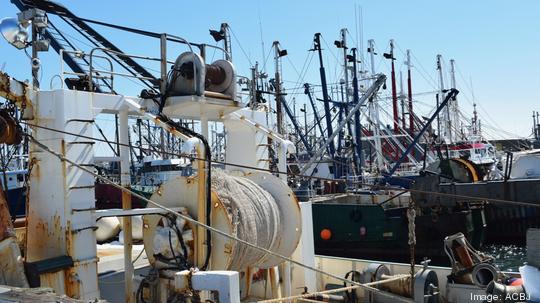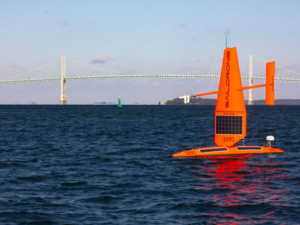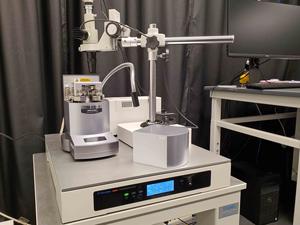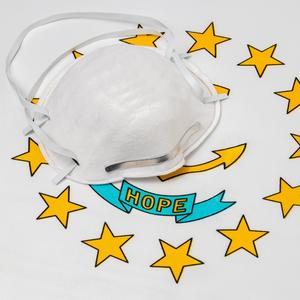
Is there a global relationship between the fishing practice known as bottom-trawling and the health of the marine seabed? A University of Rhode Island professor is part of a team that learned over two decades that habitat disturbance from commercial fishing gear has declined as limits on bottom trawling have taken effect.
Oceanographer Jeremy Collie and his international colleagues set out to quantify the biological effects of bottom-trawling in fisheries around the world. The scientists found that sustainable fisheries-management practices not only protect habitat, but have broader ecosystem benefits.
The research team, led by Australia’s national science agency, collected data from 24 large marine regions around the world. They looked at the relationship between trawling activity and the health of seabeds. The scientists found that 15 of the 24 regions — areas associated with sustainable practices — were not badly damaged, and in fact had high scores for seabed health.
Bottom trawling is a fishing practice that involves dragging a heavy net behind a ship along the ocean floor. According to the U.S. Geological Service, bottom trawling “destroys the natural seafloor habitat by essentially rototilling the seabed.”
Sign up for the Providence Business Journal's free daily newsletter here
In a news release from the university, Collie said habitat disturbance from commercial fishing gear has declined thanks to the reduction of bottom trawling, since bottom trawls account for a large portion of seabed disturbance.
“These trends indicate that maintaining fishing effort at sustainable levels has the added benefit of reducing impact to the seabed animal life that sustains fisheries production,” Collie said.

The team's research was published in the Proceedings of the National Academy of Science.
The authors acknowledged that bottom-trawling provides about a quarter of the world's marine catch, and contributes to global food supply and to peoples' livelihoods. They said an ecosystems approach to fisheries management aims to balance sustainability with production, and that good data is key to good policy.
Lead author and marine scientist Roland Pitcher said the recent study demonstrates that fisheries management not only helps target species, but contributes to better outcomes for the broader ecosystem. On the other hand, “regions that had low seabed status scores were places where fish stocks typically are over-exploited and have ineffective management regimes.”
In a statement, University of Washington scientist Ray Hilborn touted the power of global collaboration.
“By bringing these data together from across 24 large marine regions of the world we are able to establish foundational statistical relationships between trawling activities, their impacts and ecosystem status, including implications of trawl-gear choices and spatial distributions of trawl intensity,” he said.
In the U.S., the Sustainable Fisheries Act of 1996 mandated the protection and restoration of essential fish habitat. The New England Fisheries Management Council uses a model to calculate the percentage of seafloor habitat that is disturbed by bottom fishing.







